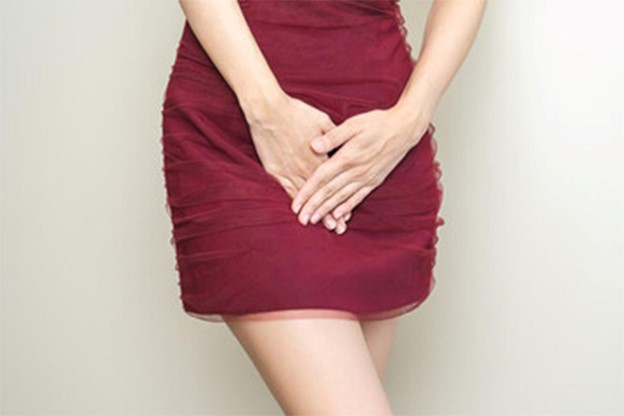Understanding vaginal health is crucial for every woman. Yet, many myths surround vaginal rashes that can lead to unnecessary worry and confusion. This blog aims to clear up these myths, offering facts on potential causes so women can make informed health decisions. Our goal is to promote a wise approach to medical awareness and understanding. Vaginal rashes often bring doubt and fear, leading many to jump to conclusions or self-diagnose. It’s essential to understand what’s true and what’s false to ensure proper care and peace of mind. Let’s dive into these misconceptions to better grasp the real story behind vaginal rashes.
Discerning Between Myths and Facts: Vaginal Rash Causes and Treatments
One common myth is that vaginal rashes are always yeast infections. While they share symptoms like vaginal rash and burning sensation, they are not the same. Yeast infections are caused by an overgrowth of fungus, while vaginal rash causes can include allergic reactions or irritation from products.
Hygiene myths also abound. Some believe frequent douching or harsh cleansers are healthy, but this can harm instead of help. Natural cleansing, without extra products, maintains a healthy balance and prevents issues like irritation.
Proper vaginal hygiene to prevent rashes is important. This means gentle washing and avoiding synthetic fabrics and scented products. Medical advice is invaluable when distinguishing between a rash and a yeast infection. If you experience discomfort, a health professional can help identify the problem correctly.
In summary:
- Vaginal rashes are not automatically yeast infections.
- Hygiene should be simple and gentle.
- Seek medical advice for unexplained symptoms.
Understanding these facts will help you handle any vaginal rashes with confidence and care.
Understanding Non-Infection Causes and Promoting Vaginal Health
Many everyday products can cause vaginal rashes and itching. Scented soaps, lotions, and even laundry detergents can irritate sensitive skin. Synthetic fabrics can also be culprits, as they trap moisture and heat.
The type of clothes you wear matters too. Tight-fitting or non-breathable fabrics can lead to irritation and infections. It's best to choose cotton underwear and avoid wearing tight pants for extended periods. This simple change can significantly help in preventing discomfort.
Not all rashes are linked to infections or sexually transmitted diseases. Some vaginal rash causes are due to simple irritants or allergies. Therefore, it’s vital to consider non-STI causes.
Here are some tips for maintaining good vaginal hygiene to prevent rashes:
- Use unscented personal care products.
- Wear breathable underwear.
- Change out of wet clothing promptly.
Understanding the source of the irritation is essential in knowing how to treat vaginal rashes. If your rash is from an allergy, eliminating the irritant is the first step. For other causes, seeking professional advice is always wise.
Women often forget that vaginal rashes during pregnancy are common. Hormonal changes and increased discharge may make you more susceptible. Knowing this can help you take proactive steps toward comfort.
Recognizing non-infectious causes for vaginal rashes adds to overall well-being. By taking active measures and tweaking lifestyle habits, you prevent unnecessary discomfort and maintain good vaginal health.
Your Path to Healthy Vaginal Wellbeing
Early detection and action are keys to managing vaginal rashes, especially during pregnancy. Addressing issues promptly helps in sustaining optimum health. Self-diagnosis may seem convenient, but it can be misleading. Ignoring symptoms can lead to bigger health issues.
Empower yourself through factual knowledge. Discuss health matters openly. Seek medical advice when necessary. This proactive approach not only helps you but also encourages a broader conversation about female health.
By dispelling myths, we enable healthier lifestyle choices. This understanding ensures better vaginal health and can ease common worries. Simple steps like good hygiene and the right products prevent many problems, fostering a balanced and healthy lifestyle.
Ensuring overall vaginal health is critical. As misconceptions are debunked, we move toward understanding every part of women’s health better, leading to a happier, healthier life journey.



